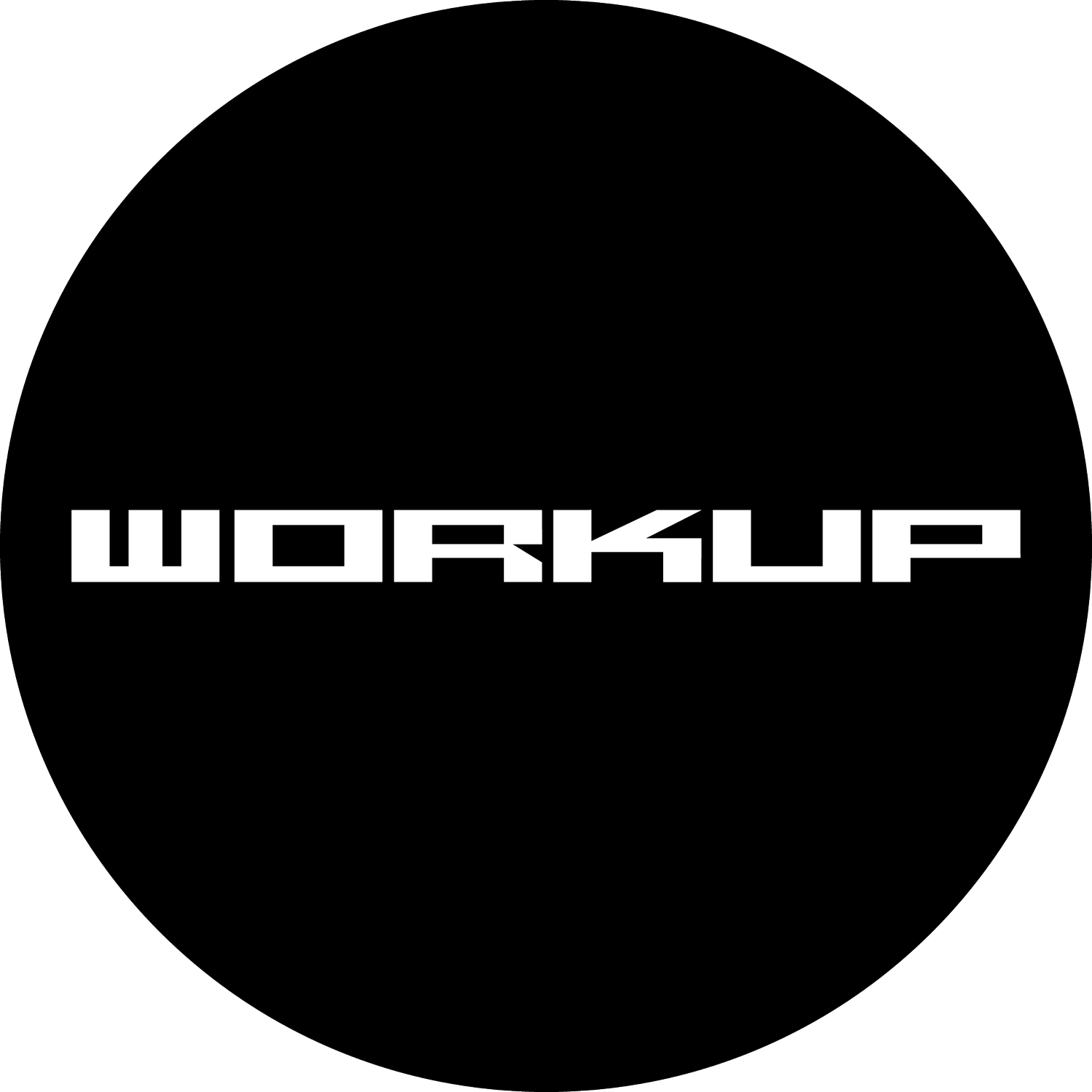Fail fast in business.
Could a get-it-wrong mindset be your new get-it-right strategy?
The traditional notion of failure is being reexamined in business today. Society at large has reached an inflection point where disruptive technologies and changing consumer patterns are outpacing the rate at which companies adapt.
This volatility and uncertainty creates unpredictable strategic turbulence for companies to navigate. So how do you grow and prosper in these moments? How might you engineer more time to adapt and change than your competitors?
The answer is relatively simple; become obsessed about your customer and their total experience with you. The closer you are to the customer experience the easier it is to keep ahead of shifting consumer sentiment.
Real customer awareness includes understanding latent needs – those deeper problems we are often subconsciously looking to satisfy when consuming products and services. These needs are not easy to articulate and in many situations as consumers, we are not actually aware we have them. Capturing and responding creatively to your customer’s unmet needs provides the fuel needed to generate fast business results.
How can getting it wrong help you get it right?
It is critical to understand that failure is a positive and necessary part of innovation and forward momentum. The exploration of new and novel ways of generating value will inevitably mean that you will get things wrong.
The goal with failure is to keep the stakes low and act fast. Doing so will mean the cost of failure can be absorbed by the business, and the lessons-learned will be more explicit for those involved. Put simply, the idea is to fail for little cost to learn a lot.
Rapid cycle app development. Designed by executives working directly with customers.Learn to fail fast.
In real terms, speed will determine the severity of failure upon the business. Fast failures and fast lessons-learned can save a business substantial cost. By comparison, slow drawn-out failure will cost you plentifully.
When choosing to respond to a defined need or customer problem, adopt an experimental mindset. Understand the problem to be solved and focus efforts on creating a minimum viable solution for it. This is also referred to as prototyping in design-thinking processes. In essence, you are building to think, learn and deeply engage your customers before engineering more permanent solutions.
When experimenting, a bias for speed over fidelity will promote teams into action and ensure they are not fixated on a specific solution to the point where they loose objectivity. By creating situations where you can safely get-it-wrong to learn, you can effectively isolate what it will take to get-it-right and succeed.
Failing-fast makes commercial sense and it will lead you to fast business results. It may be what you need to adapt and survive in your market.


